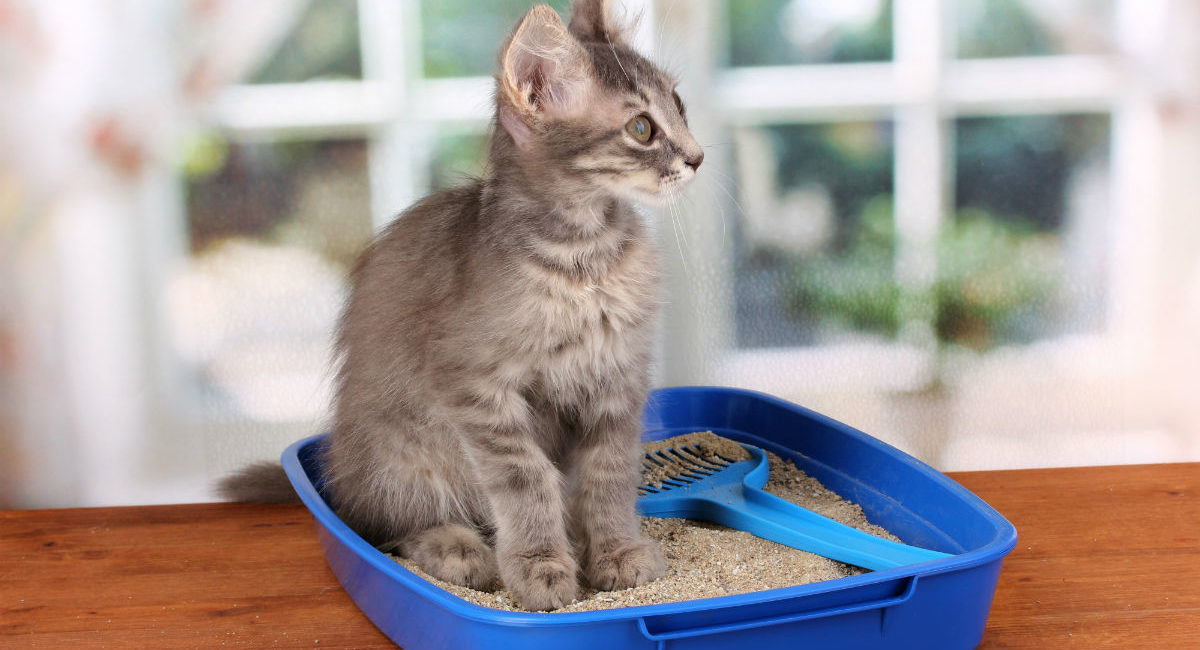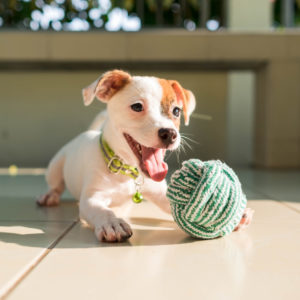One of the most common reasons cats are brought in to the vet (or given up to shelters) is litter box issues. Most cats will naturally have the instinct to use the litter box without many directions; however, there are some tips and tricks for encouraging proper elimination.
What size and type of litter box should I buy?
Kittens and older senior cats need litter boxes with lower sides to allow them to get in and out of the box comfortably. Cats with lousy aim may need a box with higher sides to prevent a mess. It is recommended to get a large litter box even if your cat is just a kitten. Kitten grow, and before you know it, you will have a fully developed adult cat with a tiny kitten litter box. A litter box that is too small will become full very quickly and may not offer enough room for the cat to turn around and bury their waste. The cat also may have accidents on the side of the box onto your floor if the box isn’t big enough.
There are many types of litter boxes available, including covered boxes, open boxes, self- cleaning boxes, and corner boxes. Every cat is different and may prefer one type over the other, or may not have a preference at all. The covered litter boxes are helpful for the enthusiastic diggers or the cats that stand on the edge of the box to do their business. They also may help the cat feel more secure and private while they go. These litter boxes do however trap odours and can make your cat feel it is unappealingly dirty, so they should be scooped daily. The automatic self-cleaning litter boxes are very convenient for the cat’s owner, but some do make a lot of noise, and this may bother your cat.
How many litter boxes should I have in my home?
The general recommendation is to have one litter box for every cat in the home, plus one extra. Basically, if you have one cat, you should have two litter boxes. If you have two cats, you should have three. This may seem like a lot, but some cats will not use a litter box that another cat has used, and some also prefer urinating in one box and defecating in another. It is also helpful to have a litter box available on every floor of your home.
Where should I put the litter box?
Litter boxes are best placed in an easily accessible quiet, low-traffic area. Loud areas (such as a laundry room) or high-traffic areas (such as by the door) can disturb your cat and make them not want to use that litter box. They also tend to dislike when their litter box is close to their food dishes.
What type of litter should I use and how much?
Cats seem to prefer finer textured litter, such as the clumping type, over coarser litter. They like the consistency of beach sand. It is easier for them to bury their waste and is more comfortable for their paws to walk on. It does make a bigger mess, but it is also easier for you to scoop. There are however many different types of litter on the market, and there is no problem in trying out a few different ones to see what your cat prefers to use. Unscented litter is recommended for the perfume-scented bedding. Chemicals and perfumes in the litter can upset the cat’s respiratory tract or flare up allergies they may have. It is recommended to fill the litter box approximately 2 inches high with the litter. Some cats prefer closer to 4 inches if they like to dig and bury deep.
How often should I clean the litter box?
Cats are very clean animals, and they may not use their litter box if it is too dirty to their liking.The general rule is to scoop the litter box at least once a day. The litter box should be thoroughly washed and the changed with fresh, new litter once a week. Use warm water and gentle soap. Do not use harsh chemicals to clean the litter box because they leave harmful residue or strong smells that will deter the cat from using the table.
Written by Stephanie, RVT




